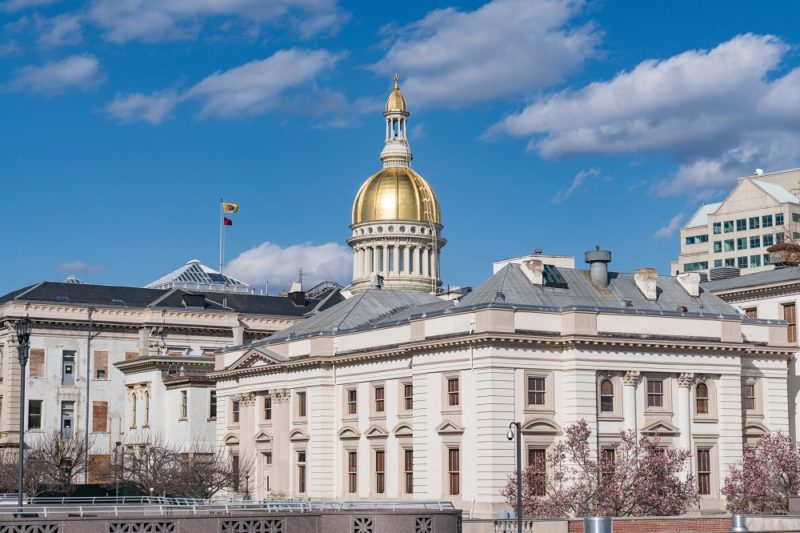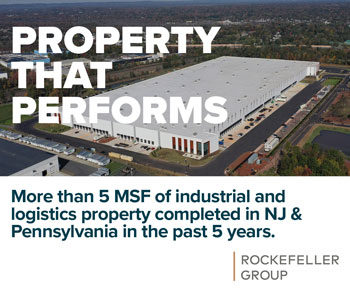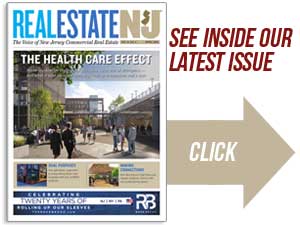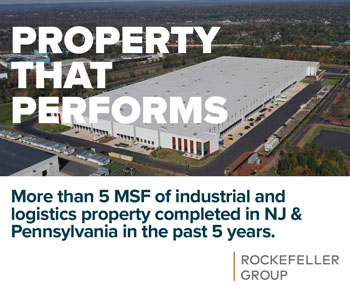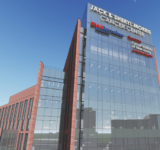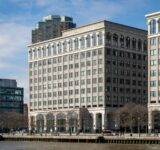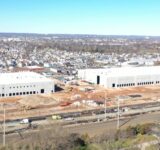By Michael G. McGuinness

With an unemployment rate below 4 percent and rising wages, one might conclude that our economy is humming and that companies are thriving. A closer look, however, would reveal the great difficulties encountered with finding workers who are accessible and have the right skillsets. One would also discover the burdens that come with operating your business in a high-tax, high-cost state where the costs of compliance with statutory mandates for environmental, land use, affordable housing and labor issues often curtail plans for expansion, especially due to fiscal uncertainties surrounding trade tariffs and a nervous stock market.
New Jersey is not alone in struggling with this challenge, but we are, in many ways, handicapped by the excessive layers of regulations and taxation that come with a home-rule state and its endless bureaucracy of fiefdoms. Not only is the younger generation (our future workforce) leaving, but we are also losing our retirees, as fewer people can afford to have the lifestyle they seek in the Garden State.
Gov. Phil Murphy’s economic vision calls for a State of Innovation that builds a stronger and fairer economy in New Jersey and sets goals related to faster job growth, faster median wage growth, increased venture capital investment, closing the racial and gender wage employment gaps and encouraging thriving urban centers. These are laudable goals and I believe we will get there, if we are careful in how we invest our scarce financial resources, which include incentives for the workforce so desperately needed and the targeted industries that generate the jobs required to help achieve these goals. Huge investments are critical for the infrastructure — transportation, digital, water and energy systems — that connects employers with workers. Given the magnitude of these unmet and urgently needed infrastructure investments, it is crucial that the Legislature and executive branch of government agree on how to address the state’s fiscal crisis, due to unsustainable legacy pension and benefit costs that are crippling our economic future.
The Grow NJ incentive program is set to expire this June. Some policy wonks and pundits have argued that New Jersey has doled out $8 billion in tax incentives that it can ill afford. I’ve also heard claims that these incentives are not helping the state’s bottom line by generating revenues that justify an adequate return on this investment, thereby prohibiting the state from meeting its financial obligations. The best way to evaluate these programs is to look at the facts. For starters, all incentives are approved on a conditional basis — that is, no tax credits are actually received by anyone unless and until the proposed projects are completed, and the required investment and employment is delivered and certified at the time of completion, and for a term of 15 years. If the employment or investment falls short, the incentive amount is reduced or withheld. As of the end of 2017, only $476 million of tax incentives were disbursed for 247 Economic Development Authority-approved projects.
Since the Economic Opportunity Act created the current Grow NJ program in 2013, a total of $4.7 billion in tax credits were conditionally approved for 247 projects through 2017. Of these, only 43 of the proposed projects were completed (and their jobs and investments documented), having “earned” their right to receive a total of $871 million in credits over 10 years, subject to continuing annual compliance with ongoing employment commitments over 15-year terms. These 43 projects have created 6,557 new jobs and retained 6,148 “at risk” jobs. The projected net benefit exceeds $2.3 billion, which represents for New Jersey a return on investment of $3.30 for every $1 in tax credits awarded — a net benefit of $2.30 in excess of every $1 of incentives to be invested in projects over time. Net benefits reflect both the direct payroll for New Jersey-based employees, and projected spending by companies on supplies and vendors (which create opportunities for New Jersey’s small and medium-sized businesses).
For several communities, the Grow program has been transformative. For example, Camden stands to gain 5,700 jobs and $733 million in net benefit. Projects by users such as the 76ers, Subaru, Holtec and American Water are permanently changing the economic landscape. The BridgePort I Logistics Center in Perth Amboy involved the cleanup of a 103-acre abandoned and contaminated brownfield site that will now house 1,500 full-time local employees at Target Corp., thanks to Grow NJ. Another 500 jobs are also coming to that site. In Whippany, an obsolete suburban office campus is being transformed into a vibrant work/play hub that will generate 1,500 new jobs with the help of a Grow NJ tax credit award.
With the economy recovering and the seeds of long-term investments in economic development and jobs having been planted, it is time to recalibrate and refine the Grow NJ incentives tool box. The Legislature has introduced A4730, sponsored by Assemblywoman Eliana Pintor-Marin, which would right-size and reform incentives to better reflect today’s market realities and work with a smaller pool of tax credits. Over the next several months, there will be some serious conversations about how to best craft these programs so that they are sustainable and meaningful. We cannot be shortsighted, as these investments take time to mature and bear fruit. Some have compared incentives to “icing” on the cake and said that we should focus more on the cake. I can agree with that, but until we get the recipe right, let’s make sure the icing is at least reasonably sweet.
Michael McGuinness is CEO of NAIOP New Jersey and has led the commercial real estate development association since 1997. NAIOP represents developers, owners, asset managers and investors of commercial, industrial and mixed-use properties, with 830 members in New Jersey and over 19,000 members throughout North America.

